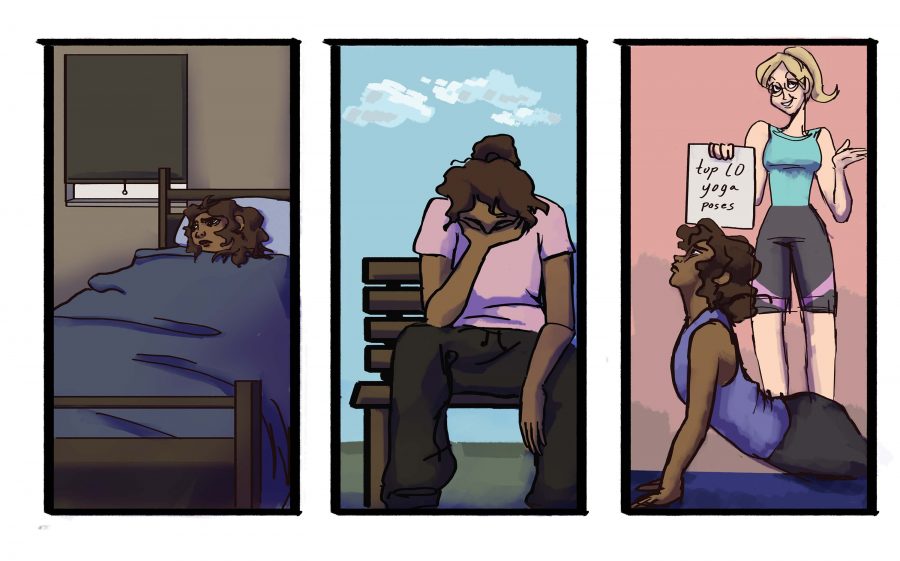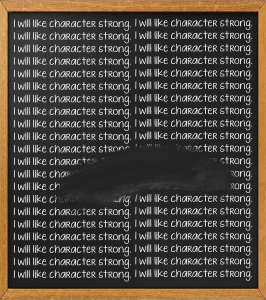OPINION: Debunk Mental Health Myths
Lack of understanding prevents adequate care
November 30, 2016
In commercials for depression medications, people are depicted wearing sweatpants and sitting in dark rooms. They frown, brows furrowed, as they stare off into nothing.
Such images feed the stereotype that people who have depression just don’t get enough time outside.
When someone says they have depression, they’re told they are responsible for it due to their lack of outside activity. I’ve been told that my preference to stay inside and do nothing all day makes my depression worse.
People need to start regarding mental health issues the way they see any other disease. There are no quick fixes, and no amount of sun can “cure” them.
There’s a stigma wrapped around mental health issues and millions of misconceptions result from it.
These misconceptions have lasted centuries. Psychiatric hospitals and asylums didn’t exist until the mid-1800s, leaving mentally ill people to be stuck in the attics or basements of their family’s houses. It isn’t like asylums or hospitals solved the problem, either. In a majority of cases, patients were neglected or abused by their caretakers. No one understood how these illnesses worked, or how they could be addressed.
One of the many dark eras in psychiatric care include the 50s and 60s, when patients were subject to induced comas, purposeful malarial infections and lobotomies. Not to forget, being gay was seen as a mental illness and required shock therapy.
The radical techniques used to help mentally ill people have faded from the psychiatric community. Now medications are prescribed, and therapists and psychiatrists are available.
Many individuals still believe, however, that this is all that is needed to “fix” someone. Mental illnesses are seen as temporary, not a life-long issue people have to deal with.
For teenagers specifically, their mental health problems are seen as a result of hormones. Mood swings are common while going through puberty, so changes in someone’s personality — a symptom of depression — are taken with a grain of salt. When teenagers try to explain that they have a mental illness, such as anxiety or depression, adults often dismiss it.
During the last decade, teen suicide rates have risen 2 percent, according to the American Foundation for Suicide Prevention (AFSP). No one takes mental illnesses seriously until someone’s life is in danger. Yet it’s still commonplace to make jokes about killing yourself or having a panic attack. And not many people realize that calling someone crazy is derogatory.
For students dealing with mental health issues, the support system isn’t always easy to find. While we have psychiatrists at both the school and district level, too few students know about them. We don’t have enough opportunities for mental health education in classes. And no, joining the Yoga and Mindfulness Club doesn’t count. It can help someone destress but doesn’t get rid of their mental illnesses.
Education is all people need to be more helpful. It isn’t like mental health problems aren’t uncommon; one in four people have anxiety or depression.
The discussion is undeniably heavy and hard to have, yet the longer we let these misconceptions about mental health continue, the longer people have to be marginalized for problems that could become dangerous.















